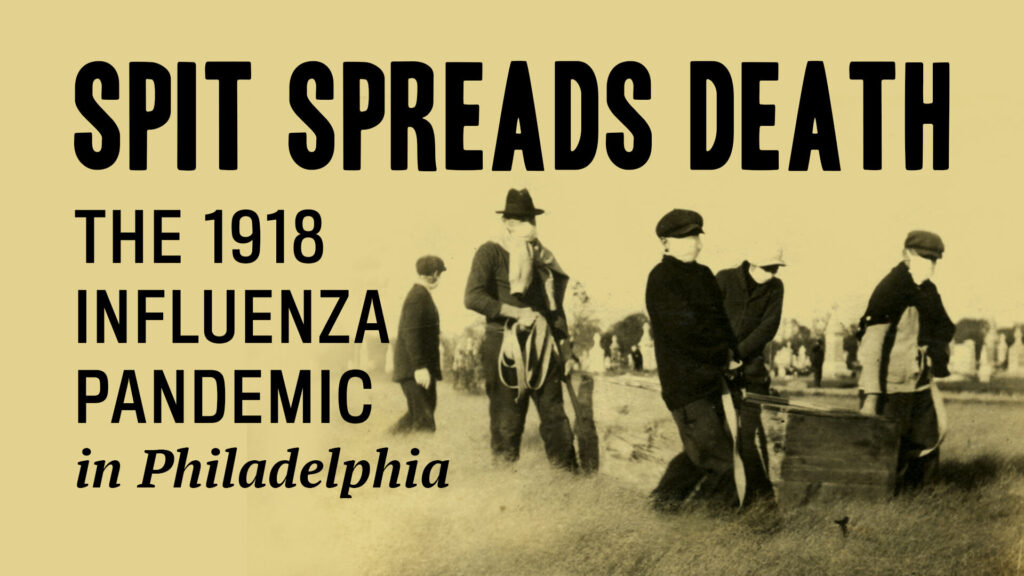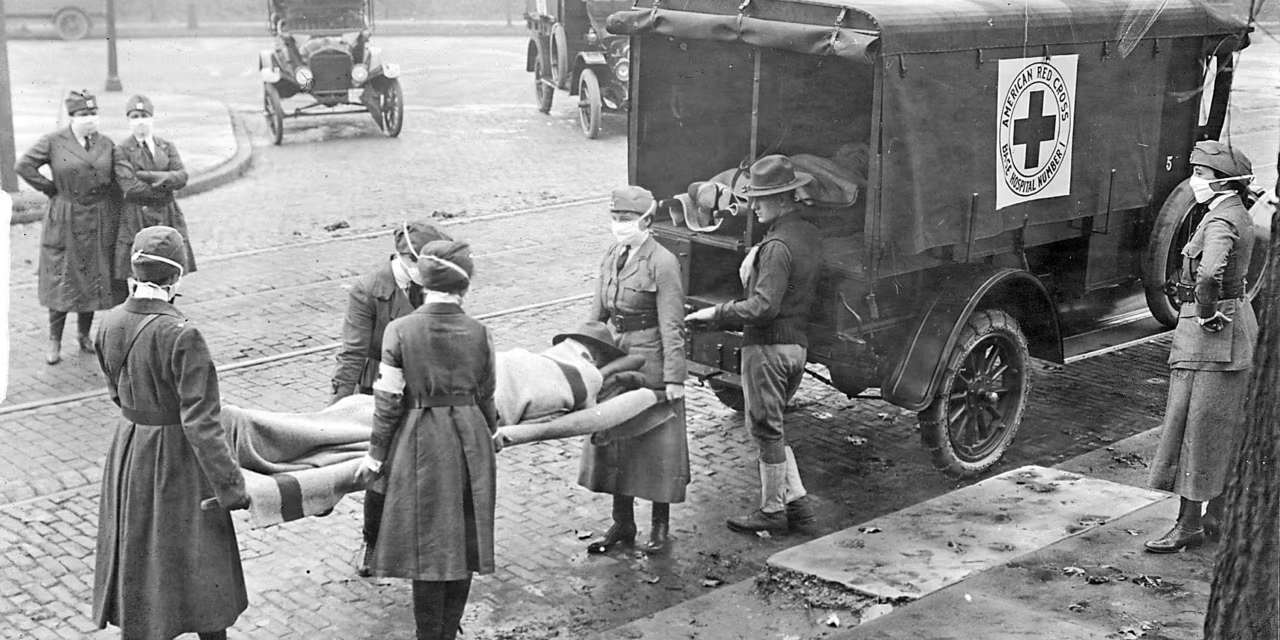The 1918 Influenza Pandemic, commonly known as the Spanish Flu, remains one of the most catastrophic public health crises in modern history. Emerging during the final year of World War I, this pandemic rapidly spread across the globe, infecting an estimated one-third of the world’s population and causing tens of millions of deaths. Its unique features, widespread devastation, and social repercussions have deeply influenced how the world prepares for and manages infectious diseases today.
This article explores the causes, effects, and lasting impact of the 1918 Influenza Pandemic, offering an in-depth look at one of humanity’s deadliest viral outbreaks.
Origins and Spread: A Deadly Virus Takes Hold
The 1918 flu virus was an H1N1 strain of the influenza A virus. The exact origin of the virus is still debated, with theories suggesting it emerged in the United States, Europe, or Asia. However, the conditions of World War I provided the ideal environment for rapid global transmission.
Troop movements between continents, crowded military camps, and poor sanitary conditions accelerated the virus’s spread. Censorship in many warring countries prevented early warnings, allowing the virus to spread largely unchecked before the public became aware. Spain’s open reporting led to the pandemic’s nickname, “Spanish Flu,” despite Spain not being the origin.
Unusual Mortality Patterns: The Young and Healthy at Risk
One of the pandemic’s most striking features was its unusually high mortality rate among young adults aged 20 to 40. This contrasted sharply with seasonal flu viruses that generally cause the most severe outcomes in children and the elderly.
Researchers now understand that the 1918 virus triggered a “cytokine storm” — an excessive immune reaction causing severe lung inflammation and respiratory failure. This overactive immune response made otherwise healthy individuals particularly vulnerable, contributing to the pandemic’s devastating death toll.
The Three Waves of the Pandemic
The 1918 flu pandemic unfolded in three main waves:
- First Wave (Spring 1918): Relatively mild, many people experienced typical flu symptoms with low mortality.
- Second Wave (Fall 1918): The deadliest phase, with a mutated virus causing severe illness and rapid death. This wave overwhelmed hospitals and led to mass fatalities worldwide.
- Third Wave (Winter 1918–Spring 1919): Less severe but still deadly, this wave caused continued suffering before the virus’s spread finally diminished.

Global Impact: Death and Disruption Across Continents
The pandemic’s reach was truly global, infecting about 500 million people worldwide. Death estimates range between 50 and 100 million, making it one of the deadliest disease outbreaks in history.
- High Mortality in Vulnerable Communities: Indigenous peoples and isolated populations suffered disproportionately high death rates, often exceeding 50% in some cases.
- Urban Centers and Public Events: Cities with large populations and crowded events experienced rapid virus transmission. For example, Philadelphia’s Liberty Loan parade in September 1918 is infamous for accelerating the outbreak locally.
- Economic Consequences: The pandemic caused severe labor shortages, disrupted industries, and strained economies already weakened by the war.
Social Responses and Public Health Measures
Governments and communities responded with a variety of public health measures:
- Social Distancing: Schools, theaters, and churches were closed to limit gatherings.
- Mask Mandates: The use of face masks became widespread, especially in the United States.
- Quarantines and Travel Restrictions: Some cities imposed quarantines and restricted movement to contain the virus.
The effectiveness of these interventions varied, often depending on how early and strictly they were enforced. Cities that delayed action experienced higher mortality rates.
Challenges in Healthcare and Medical Science
Medical understanding of influenza was limited in 1918. The virus itself was unknown, and antibiotics to treat secondary bacterial infections were not yet developed.
- Healthcare Overload: Hospitals were overwhelmed, with shortages of beds, medical personnel, and supplies.
- High Risk to Medical Staff: Many doctors and nurses contracted the virus and died, worsening care shortages.
- Lack of Effective Treatments: Care was primarily supportive, focusing on symptom relief rather than curing the disease.
Despite these challenges, the pandemic spurred advancements in epidemiology, virology, and public health infrastructure.
Long-Term Impact and Lessons Learned
The 1918 pandemic had lasting effects on global health:
- Public Health Infrastructure: The crisis demonstrated the need for organized public health agencies and pandemic preparedness.
- Epidemiological Methods: It led to improved disease surveillance, reporting, and research methods.
- Vaccine Development: Research accelerated toward developing influenza vaccines, culminating decades later.
- Pandemic Preparedness: Lessons learned continue to shape responses to new viral outbreaks, including the importance of early intervention and public communication.
Conclusion
The 1918 Influenza Pandemic was a tragic turning point in world history. It exposed vulnerabilities in society, healthcare, and governance, but also catalyzed progress in medical science and public health. Remembering this global disaster is vital to prepare for future pandemics and protect lives worldwide.
Frequently Asked Questions (FAQs)
Q1: Why is the 1918 flu called the “Spanish Flu” if it didn’t start in Spain?
A1: Spain was neutral during World War I and freely reported on the outbreak, while other countries censored news, making it appear as though Spain was the source.
Q2: How many people died during the 1918 pandemic?
A2: Estimates range from 50 million to 100 million deaths worldwide.
Q3: Why were healthy young adults more affected than usual?
A3: The virus caused an overactive immune response known as a cytokine storm, leading to severe lung damage in otherwise healthy individuals.
Q4: How did World War I contribute to the spread?
A4: Troop movements, crowded camps, and poor sanitation created conditions that facilitated rapid transmission across continents.
Q5: Were there vaccines or treatments available?
A5: No vaccines or effective treatments existed at the time; medical care was limited to symptom management.
Q6: What public health measures were used?
A6: Social distancing, mask-wearing, quarantine, and closures of public spaces were common measures.
Q7: Did the pandemic affect all countries equally?
A7: No, mortality and infection rates varied based on population density, healthcare access, and public health responses.
Q8: What lessons did the 1918 pandemic teach us?
A8: Early intervention, clear communication, strong healthcare systems, and international cooperation are critical for managing pandemics.
More Info: globalfxhub
